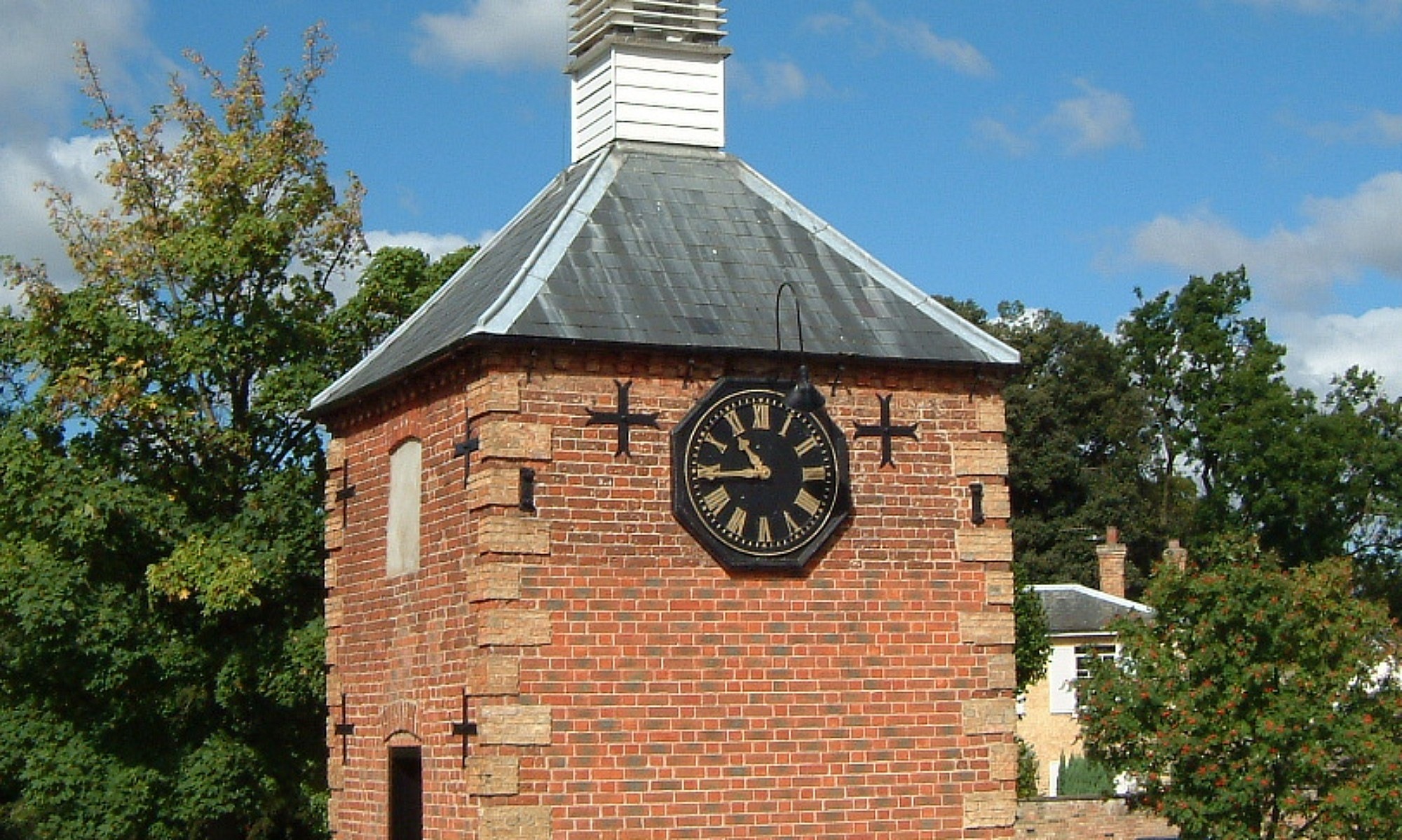To many in 20th century secular England, it may seem unbelievable that there was a time when people bought seats in church for their exclusive use. All may be equal in the sight of God, but in a village hierarchy the high and the humble did not mix. For those aspiring to the gentry, a private pew in church gave social status.
There is no detailed description of whatever private pews there had been in Hilton Church but any could have been quite solid affairs, allowing that occupant to have a small charcoal burner for warmth in the winter and sufficiently private for a quiet sleep through an over long sermon.
It was in 1736 that William Sparrow, nephew of William who had cut the Maze seventy six years earlier, convinced the Bishop of Lincoln that he was “a man of substance and fortune” and was so granted a licence to to build a pew at the western end of the north aisle of Hilton Church for the exclusive use of the Sparrow family which would of course include his daughter who married Joseph Sutton.
Was there a family argument that after Miss Sparrow became Mrs Sutton she and her children no longer had access to the pew?
In those days of large families, one pew would not accommodate two or maybe more families. Be that as it may, Joseph Sutton put a lock on the Sparrow pew to exclude his brother -in-law, Joseph Sparrow. Joseph Sparrow appealed to the Archdeaconry Court in Huntingdon to arbitrate. The ruling was that the pew belonged to the bishop “so that everything had to be done decently”. There the record ends. One interpretation could be that the parties were sent away to settle things peaceably among themselves.
In the latter part of the 19th century, these high box pews were removed and the Victorians installed simpler pews of deal. These were removed in the 20th century and oak pews were from Wyton church were installed.
(Compiled for SPECTRUM by Jack Dady Feb 1991 Chapter 72)
